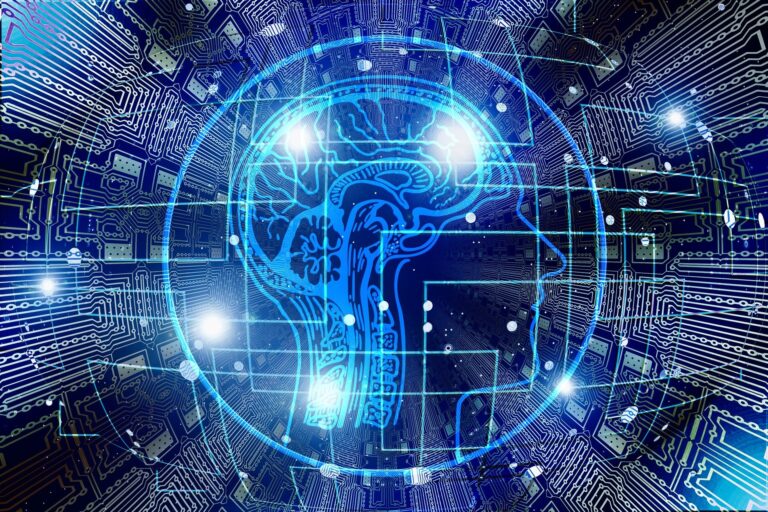First, there was Web1, the precursor of the World Wide Web (WWW). Then Web2 was born, the user-generated web whose presence was announced by social media. Now people are talking about Web3, the purportedly next big thing for the web.
What is Web3?
Web3 is the evolution of web protocols using decentralization and blockchain technologies. Unlike web2 where data is controlled by the government and corporations, decentralization eliminates this control. Web3 is somehow connected to the concept of the metaverse.
Features of a Decentralized Web
Currently, all of the infrastructures that hold the most popular website belong to corporations and are regulated by governments. The emergence of blockchain technology introduced a new method of storing and accessing data online. It is built on two concepts – encryption and distributed computing.
Encryption refers to a security methodology that maintains data integrity through cryptography – only those with decryption keys can access the encrypted data.
Distributed computing is a concept used in networking to share files across many computers or servers. If one copy does not match other copies the file is invalid. The concept of distributed computing adds an extra security layer to decentralized computing by ensuring that only the person with control of the data can access or change it.
Not only does distributed computing enforce data security, but it also maintains data availability. Even if a file is deleted from a server or a computer, the file will remain available across other computers and servers. This is a major advantage of distributed systems over centralized ones.
Additional features that define the technical structure of web3 are open access since technology is majorly built on open-source software, trustless and permissionless.
Trustless describes the ability of two parties to perform transactions without the need of a trusted third party. This concept is not the case in web2 since the medium of transaction is controlled by a third party.
Let’s look at a common example of a trustless transaction. One can send bitcoin directly to another party without the need for a wallet or an online exchange. Such a transaction uses blockchain algorithms and encryption technologies and does not need a third party.
Permissionless means that neither of the parties has to seek permission from a third party before completing the transaction. Pretty cool, right?
Web3 concepts - the DAO
The Decentralized Autonomous Organization (DAO) refers to a group of organizations that are bound by rules and regulations coded into a blockchain. For instance, in a DAO-based retailer, the price of all products is held on the blockchain. Stockholders in the shop vote on prices changes and payouts. In a DAO, you need permission to change the rules. And no one owns the physical infrastructure like servers. Essentially, DAO eliminates the middlemen needed to run an enterprise.
Artificial Intelligence (AI) and Web3
Many industry leaders and internet pioneers believe AI is critical in web3 – mostly because of intense machine-to-machine communication and data analysis needed to run many web3 applications.

Web3 seems great, right?
Not really. Web3 has received huge criticism from tech leaders like Elon Musk and Jack Dorsey. Elon musk said web3 is just a marketing buzzword than a reality right now. He also tweeted, “Has anyone seen web3? I can’t find it.”
Jack Dorsey questioned whether web3 will be free and open. The Former Twitter CEO said, “You don’t own web3. The VCs and their LPs do. It will never escape their incentives. It’s ultimately a centralized entity with a different label.”
Another reason for criticism is that technologies built on blockchain can be quite energy-intensive. Ergo, contributing to global warming and climate change. Moreover, avoiding government interference is apparently anarchistic to some critics. They fear that lack of oversight may lead to safety issues.
Examples of web3 applications
Bitcoin: The oldest cryptocurrency runs on decentralized infrastructure. It has inspired several cryptocurrencies and blockchain platforms.
Diaspora: A not-for-profit decentralized social network.
Seemit: Blogging and social platform based on blockchain.
Augur: Decentralized exchange trading market.
OpenSea: NFT platform for buying and selling NFTs that run on the Ethereum blockchain.
Sapien: A decentralized social network based on the Ethereum blockchain.
Uniswap: Decentralized cryptocurrency exchange.
Everledger: Blockchain-based supply chain system

